A time series cannot be made seasonal, strictly speaking. I suspect you mean extracting the seasonality pattern using the stl() function in R.
Let's consider an example of a time series measuring the maximum recorded air temperature in Dublin, Ireland from 1941 to 2019.
Here is a graph of the original time series:
weatherarima <- ts(mydata$maxtp, start = c(1941,11), frequency = 12)
plot(weatherarima,type="l",ylab="Temperature in Celsius")
title("Maximum Air Temperature - Dublin")

The seasonal, trend, and random components can be extracted with stl() as follows:
stl_weather = stl(weatherarima, "periodic")
seasonal_stl_weather <- stl_weather$time.series[,1]
trend_stl_weather <- stl_weather$time.series[,2]
random_stl_weather <- stl_weather$time.series[,3]
plot(as.ts(seasonal_stl_weather))
title("Seasonal")
plot(trend_stl_weather)
title("Trend")
plot(random_stl_weather)
title("Random")
Seasonal

Trend

Random

As can be observed, there is clear seasonality in the weather data - given the change in temperature across seasons - but this was merely extracted from the series by using stl() - not created as such.
You might find the following to be informative: Extracting Seasonality and Trend from Data: Decomposition Using R



